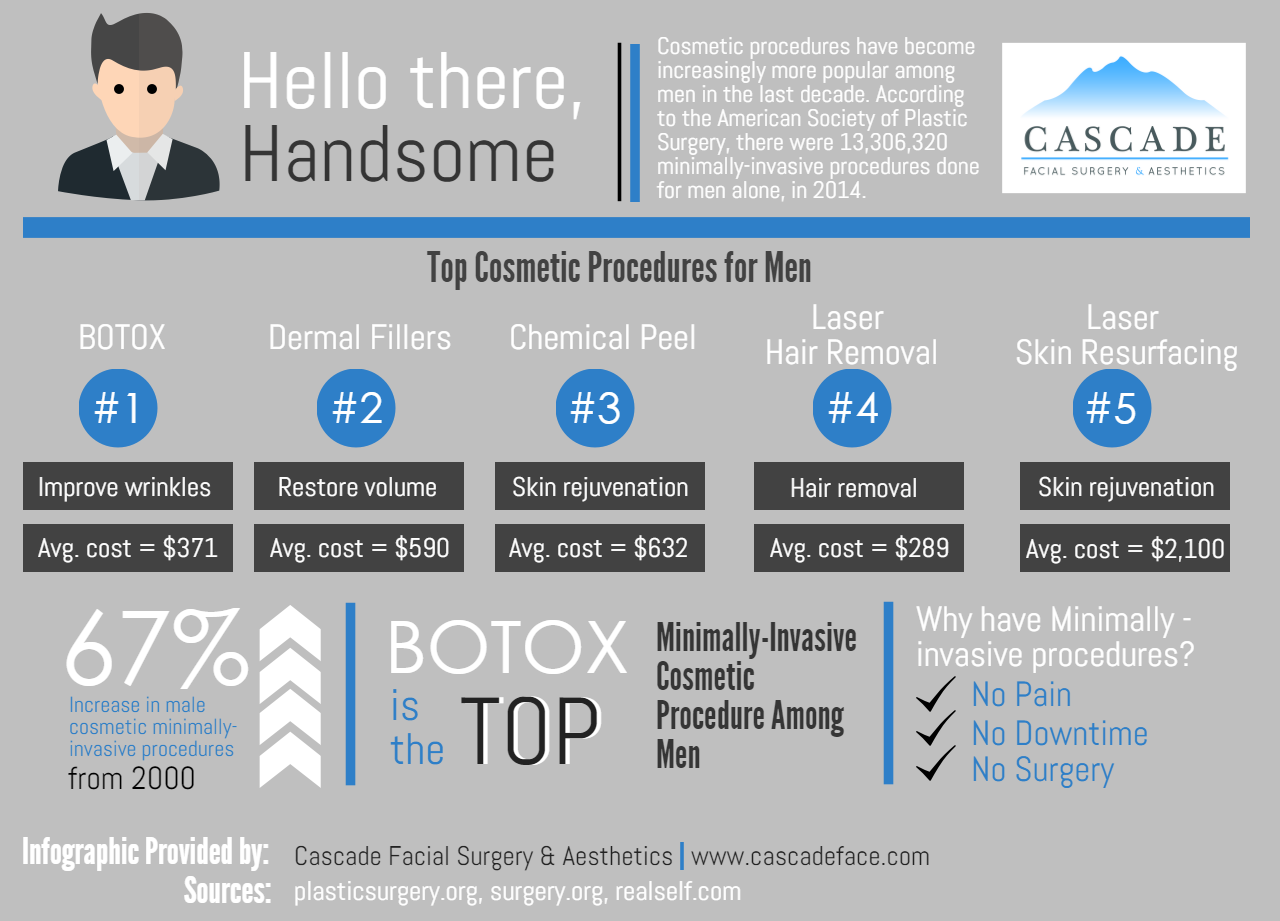How Long Does Acne Last
How Long Does Acne Last
Blog Article
Acne and Workout - What to Know
Normal exercise, even simply quick walking or swimming, assists improve state of mind and reduce anxiety. It additionally boosts hormones and natural chemicals that advertise healthy skin, such as serotonin and dopamine.
Make certain to put on clean workout garments that have been washed lately-- unclean, sweaty garments can catch bacteria and contribute to body acne. And if you have make-up on, consider using micellar water to wipe off your face prior to working out.
1. Sweating can clog pores.
Exercise assists the body in lots of means, from stronger muscles to lower high blood pressure and boosted mood. It can also help in reducing acne outbreaks, as long as the right practices are in location.
Throughout exercises, the heart rate goes up which triggers the gland to open up and drain pipes. But if makeup, dirt and germs stay on the skin, these can block pores and cause the growth of acnes. Sweat can also change the pH balance of skin, causing it to be much more sensitive and susceptible to inflammatory acne.
Acne that creates as a result of sweat can appear anywhere on the body, but it frequently appears in locations vulnerable to rubbing, like under apparel bands or headbands. The best way to avoid sweat-related acne is to wear breathable clothes, wipe common tools prior to utilizing and shower as soon as possible after an exercise. It's likewise handy to use a gentle, non-comedogenic cleanser prior to and after exercising.
2. Dirty clothes can obstruct pores.
While sweat itself doesn't trigger acne, all that microorganisms caught on the skin can clog pores and add to inflammatory breakouts. That's why exercise hygiene is so crucial for those with acne-prone skin. Put on breathable, moisture-wicking clothes, wipe down tools before use, and shower promptly after your sweat session to help reduce germs build-up and avoid stopped up pores.
Acne takes place when hair follicles and pores get jammed-up with oil and dead skin cells, setting off the body's all-natural inflammatory feedback to clear them. When the sweat from a workout blends with these particles, it can lead to blocked pores and inflammation that's generally viewed as pimples or pustules on the shoulders, back, chest, neck, or forehead.
Dirty clothes can aggravate the issue by capturing sweat next to the skin, causing a bacterial overgrowth called Malassezia-- a condition that may be finest treated with dental antifungal drugs. It's also a good idea to bring additional garments and tidy towels to the health club so you can routinely alter out of perspiring attire and wipe your skin down with fresh, clean towels before heading home.
3. Tight-fitting clothing can block pores.
Sweat itself doesn't trigger acne, however if it's entraped versus the skin by tight-fitting garments and rubbing, it can obstruct pores and bring about breakouts. That's why it's important to wear loose-fitting exercise clothes.
Massick likewise suggested cleaning down sports and exercise tools prior to utilizing it, as sharing headgears or jackets with other individuals can move dangerous, acne-causing microorganisms to the skin. He stated it is very important to bath post-workout, also, so that sweat and pore-clogging oils are rinsed off the body before they can bring about an outbreak.
Lastly, Massick recommended clients to keep mild, non-comedogenic body wash in their health club bag so they can wash the face and body quickly after working out. He recommends washing with a cleanser that contains salicylic acid or benzoyl peroxide to help reduce pore-clogging oil and stop acnes from creating. He also suggested alcohol consumption great deals of water to help eliminate toxic substances and reduce sebum manufacturing. That, combined with a healthy diet and stress and anxiety monitoring techniques, can aid ward off acne-inducing tasks like exercising.
4. Make-up can obstruct pores.
While exercise is terrific for your mind and body, it can occasionally create or aggravate acne. However, several typical misunderstandings regarding acne and workout continue. Acne is actually brought on by hormone changes, most generally activated by adolescence, periods, the pill (specifically when coming off it), maternity and tension. These hormonal agents can likewise be intensified by diet, washes and a high-stress way of life.
For those who still experience outbreaks while working out, consider taking some precautionary procedures: Use skin-friendly, breathable fabrics that can help in reducing sweat accumulation. Avoid limited clothes or hats that can catch sweat, dirt and bacteria. Laundry and rinse all exercise clothing and towels regularly to stop germs move to the skin. Laundry your face with a mild cleanser and moisturize. If you need to wear make-up, choose marginal make-up with a non-comedogenic formula that won't meso therapy block pores.
While exercise does not directly trigger acne, poor skin health, not rinsing off after sweating and sharing tools can all contribute to the trouble. By prioritizing skin treatment and integrating excellent practices into your exercise routine, you can still get that healthy and balanced radiance while staying energetic.